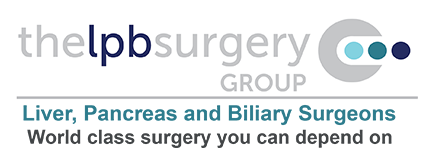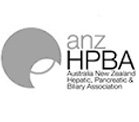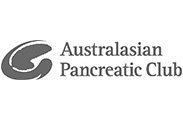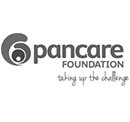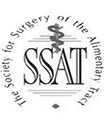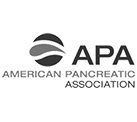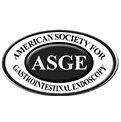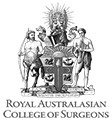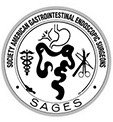Hernia
Hernia Surgery
A hernia is a weakness in the abdominal wall which causes the abdominal contents, part of the bowel or fatty tissue to make a bulge/protrusion. This can cause discomfort and/or pain and a lump or swelling may be felt/seen. Heavy lifting, general weakness, straining during bowel movements and persistent coughing can cause hernias to develop. Hernias can also be a defect that is present from birth, yet can also develop at any age.
Signs & Symptoms
- Lump in groin (inguinal), belly button (umbilical) or at the site of a previous operation (incisional)
- Pain at the site of the lump especially when you engage in heavy lifting, coughing or straining during bowel movements.
- Severe and continuous pain may be signs that your hernia is ‘strangulated’ and will require prompt and immediate attention.
Preparing for surgery
Complete your hospital registration forms online or on paper and post them at least a week prior to your procedure. Depending on your age and/or medical history you may need a blood test, an ECG or other tests. Try to get these done a week or so before surgery so all the results can be checked by Dr Nikfarjam. Blood thinning medications such as Warfarin, Plavix/Clopidogrel, Aspirin, diabetic medication or herbal supplements may be required to be ceased temporarily prior to your surgery. If you are on any of the above tablets please consult Dr Nikfarjam.
You may also benefi¬t from a low fat diet leading up to your surgery. Take all of your other regular medications the day of your procedure (even if you are fasting)- you can have these with a sip of water.
- For morning surgery you will need to fast from midnight (no food or fluids)
- For afternoon surgery you will need to be fasting after a light breakfast from 7am
Possible Complications
Like with any type of surgery there are complications which can occur and outlined below are some of the more common problems:
- Infection - an uncommon symptom but this can occur during or post-surgery
- Recurrence - Hernias have the potential to return at any time
- Deep Vein Thrombosis (DVT) Pulmonary Embolism (PE) - Blood clots can form in the legs or lungs due to inactivity.
How is the surgery performed?
You will have a general anaesthetic and a local anaesthetic will be put directly into your wound. The surgery is performed by making an incision where the hernia is and the weakness will be repaired. The area will usually be re-inforced with a peice of mesh. Dr Nikfarjam may perform open or laparoscopic (key-hole surgery). Open surgery involves one single incision on your abdomen as opposed to laparoscopic surgery where you may have 3-4 cuts in your abdomen.
What to expect after surgery?
You will wake up in recovery with a drip in your arm and if you are experiencing pain or nausea (which are both very common symptoms) your nurse will give you some medication to help relieve this. Once you are stable you will be transferred to the ward for further observations. You will begin by taking sips of water and then progress to solid food once you wake up properly from your anesthetic. Your wounds will be covered with waterproof dressings and should remain in place for about ¬ve days. You will be encouraged to get out of bed as soon as you feel able and will be encouraged to gently move around. You will also be asked to perform regular deep breathing and coughing exercises to keep your lungs clear. You may be given a blood thinning injection and wear white compression stockings (TEDS) to help decrease your risk of developing blood clots in your legs or lungs. Generally you will stay in hospital for one night only.
Recovery
Diet - Maintain a well-balanced diet including plenty of fruit and vegetables as well as increasing your ¬bre intake with All Bran or other ¬bre supplements. Adequate fluid intake (1.5L per day) is also advised.
Pain - You will need to take Panadol regularly (morning, midday and night) for the ¬rest few days after surgery. This will allow you to move comfortably and to assist with healing. This can be gradually reduced as you feel able to recommence regular actives without discomfort. Additional pain relief such as Tramadol/Oxynorm is often required for the ¬rest few days after surgery.
Wounds - You will go home with waterproof dressings on your abdomen. Leave these intact for -five days. If they get dislodged or get water in them, then you can replace them with a dry dressing.
Bowels - You may experience bloating, abdominal cramping and changes to your bowel habits which are all quite normal. Pain killers with codeine eg Panadeine/Oxynorm can cause constipation. Straining to use your bowels can slow healing at the site of your abdominal wounds and should be avoided. Follow the diet recommendations and use a mild laxative such as Movicol/Lactulose/Coloxyl if constipation develops.
Activity - No heavy lifting (3-5kg limit) and strenuous exercise for the ¬rest four weeks post-surgery. Gentle ambulation is recommended once you are home. After the ¬rest week you can begin to take regular walks and increase the distance gradually to regain fi¬tness and muscle strength. Driving should be avoided until you feel able to react in an emergency situation. Returning to manual work or sporting activities should be discussed with Dr Nikfarjam at your follow up appointment.
